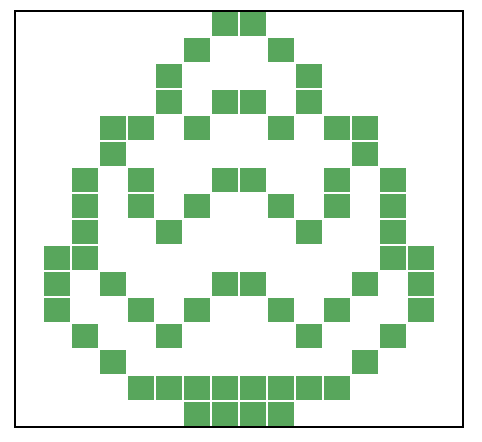Tissues
by Abhijit Mudigonda, Alex Gotsis, and Catherine Wu, with art by Olga Vinogradova
Answer: ARTICHOKE
This is a physical puzzle, where we are presented with a tissue box full of black-and-white biological images.
The first step in this puzzle is to identify the tissues we’ve been issued, starting with some of the more familiar ones like RETINA or SKELETAL MUSCLE. We can assume that they are all human tissues. (The LIVER is the one exception; it is a drawing of pig liver tissue, as human liver tissue is not very distinctive.)
Some histology sites will be helpful for searching for each of the tissues. We can also use the enumeration and alphabetical order to help narrow down the search space. Additionally, the tissue box is labeled TetraSYS™, which suggests that we are looking for four organ systems that each of the tissues belong to. Since there are sixteen tissues and a four-by-four grid printed on each, we can reasonably assume that each system will have four tissues.
| Image | Tissue | System |
|---|---|---|
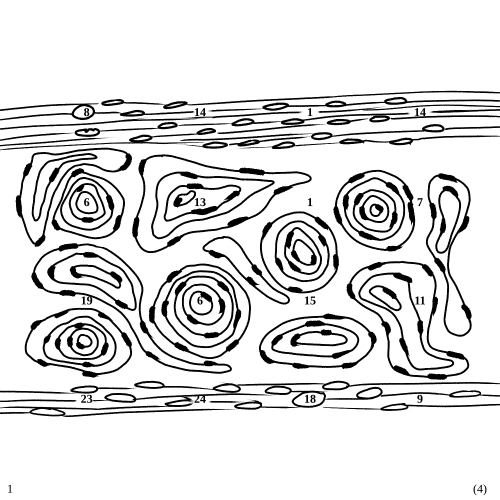 | BONE | Skeletal |
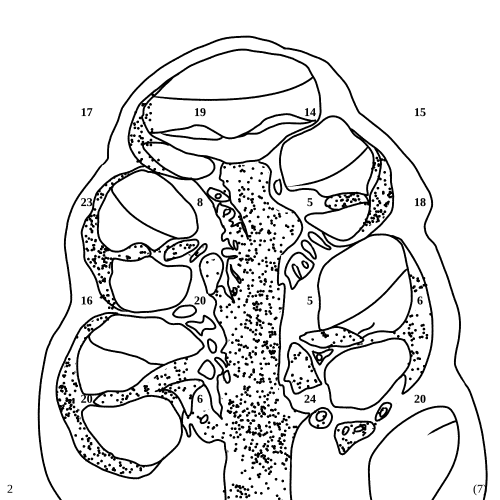 | COCHLEA | Sensory |
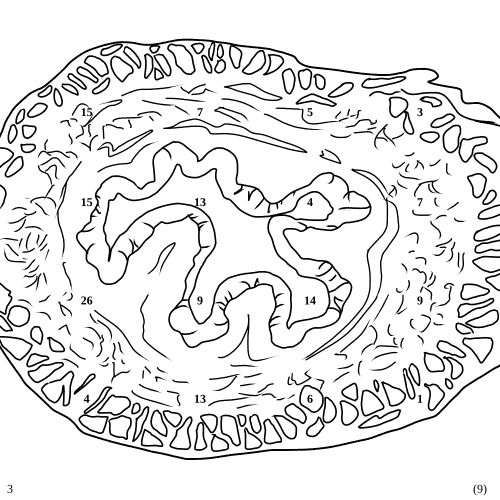 | ESOPHAGUS | Digestive |
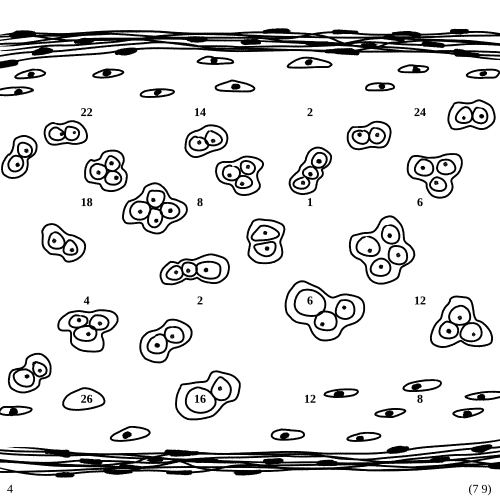 | HYALINE CARTILAGE | Skeletal |
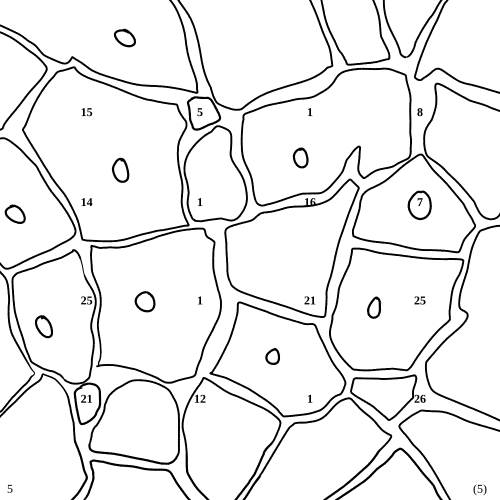 | LIVER | Digestive |
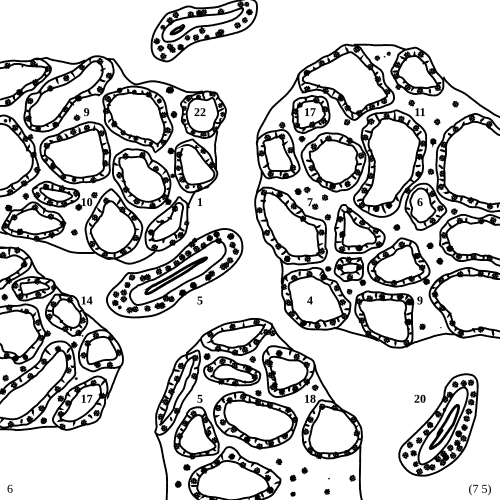 | MAMMARY GLAND | Reproductive |
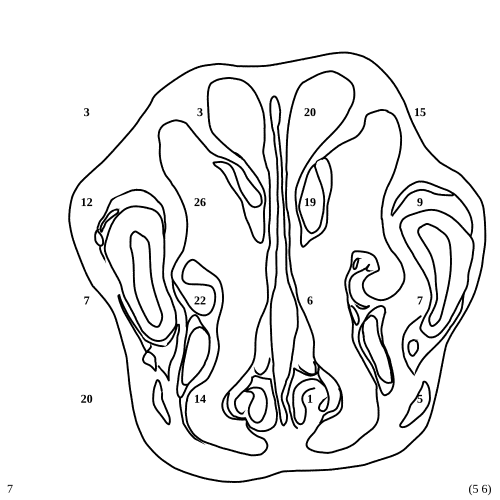 | NASAL CAVITY | Sensory |
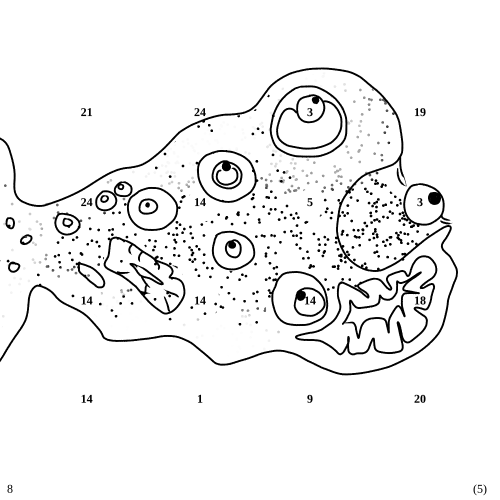 | OVARY | Reproductive |
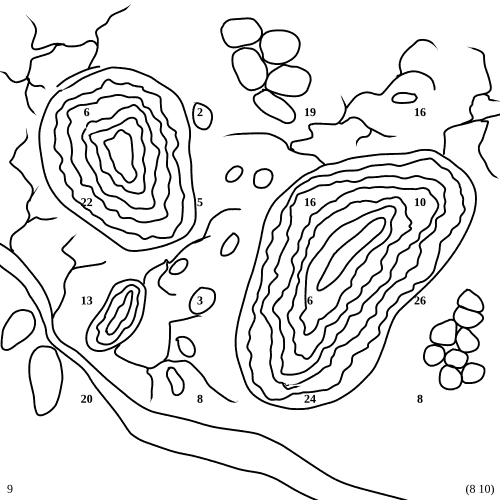 | PACINIAN CORPUSCLES | Sensory |
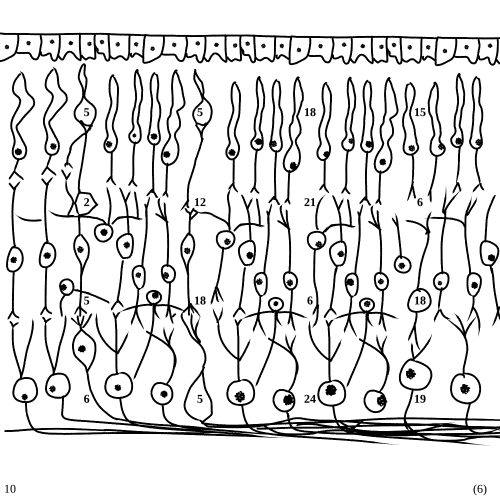 | RETINA | Sensory |
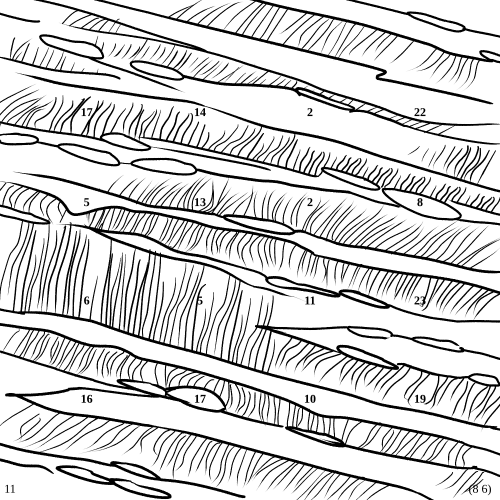 | SKELETAL MUSCLE | Skeletal |
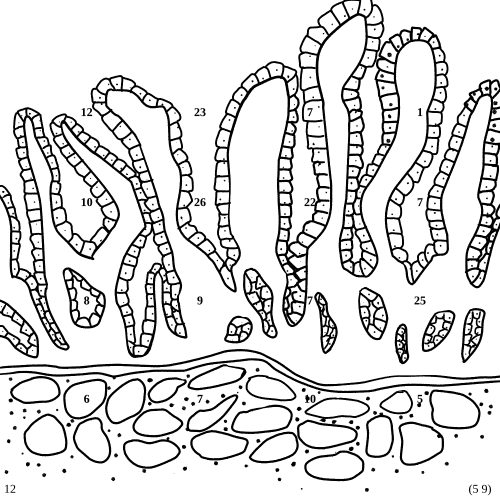 | SMALL INTESTINE | Digestive |
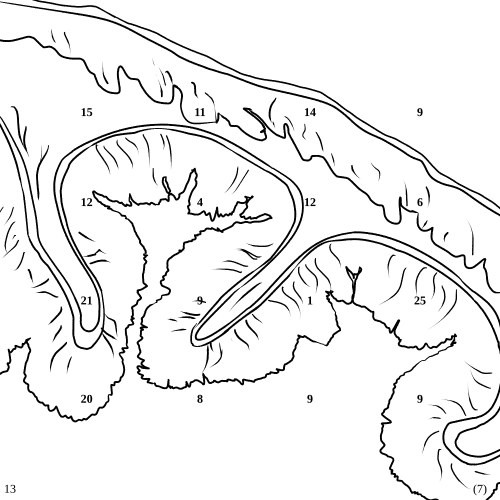 | STOMACH | Digestive |
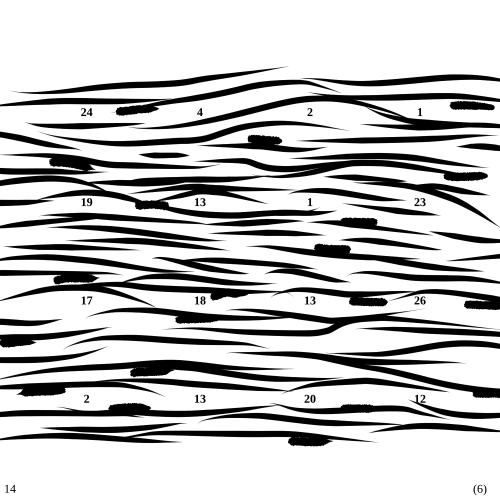 | TENDON | Skeletal |
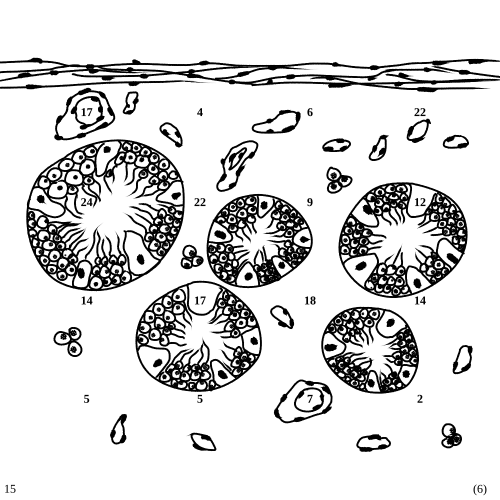 | TESTIS | Reproductive |
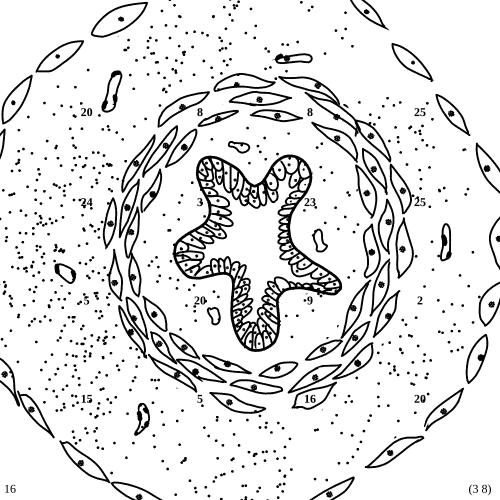 | VAS DEFERENS | Reproductive |
If we group the tissues in each system together and then overlay the grids, we notice that in four positions, three out of the four tissues in that system share a number. No other number is the same at the same position in a system, so this must be intentional.
Additionally, the position of the overlapping numbers in each system is different. This gives us a new layout for the tissues, where each tissue is in the position indicated by the odd-number out. For example, BONE, HYALINE CARTILAGE, SKELETAL MUSCLE and TENDON overlap in a two-by-two grid in the top center, with shared numbers reading 14, 2, 13, 1 and the odd numbers out reading 4, 1, 8, 2.
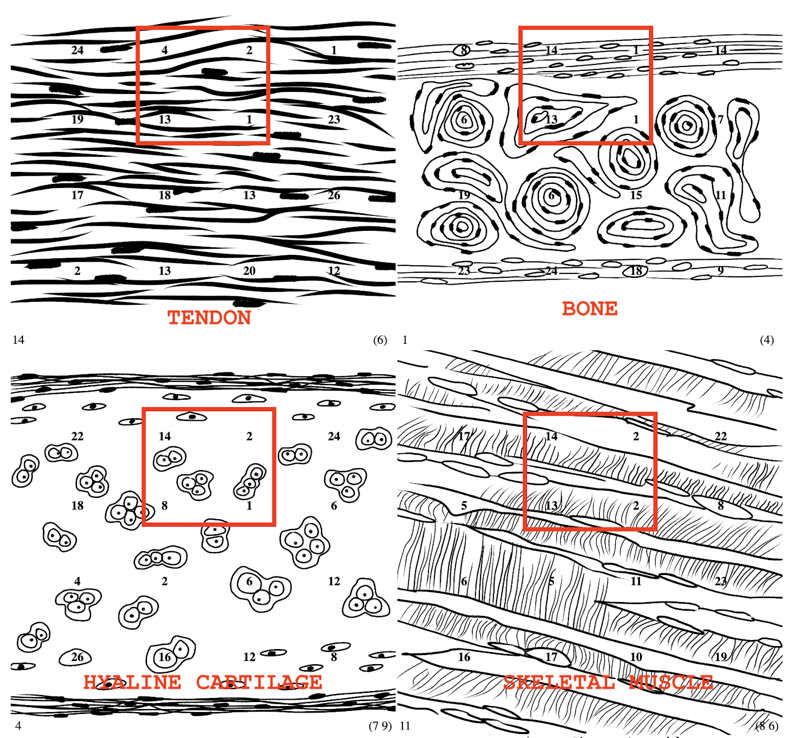
This suggests that we place TENDON in the second position in the first row, and so on until we have a four-by-four grid of tissues.
The odd numbers out are all low enough that it makes sense to index them into the tissue name, giving us the cluephrase ID BLACK CELLS A ONE. The shared numbers, when converted to alphanumeric and read in order, spell out ON BOX MAGNIFY TEXT. If we look very closely, it’s possible to make out dots on each letter in “Tissues” that spell out KUROMASU, which is the name of a Nikoli puzzle that translates to “black cells”.
Kuromasu puzzles typically start out with circled numbers around the grid. Luckily for us, we have a lot of numbers circled in the tissue grid we just created. For example, one of the 6s, the 26, and the 16 in HYALINE CARTILAGE above are all circled. Once we solve the logic puzzle, the black cells cover numbers that translate into ANSWER SOMETHING EDIBLE WITH HEART BUT NOT MUSCLE LEN NINE, which is a standard crossword clue with answer ARTICHOKE.
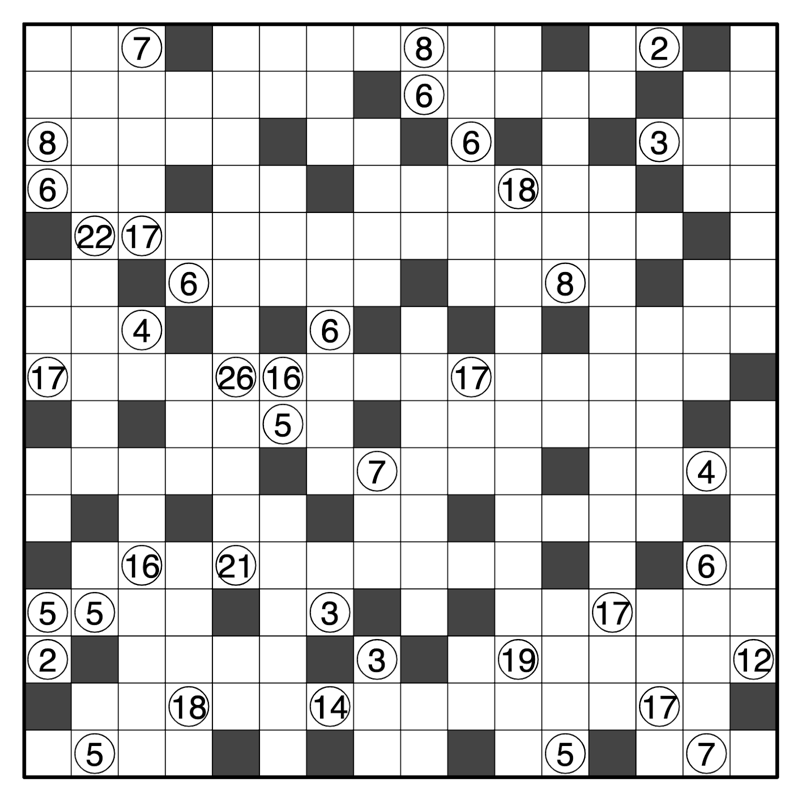
Authors' Notes
The dots were inspired by microdot printing. Originally the plan was to hide a picture of an artichoke on the box itself, which would have made the sharp-eyed solver very happy.
